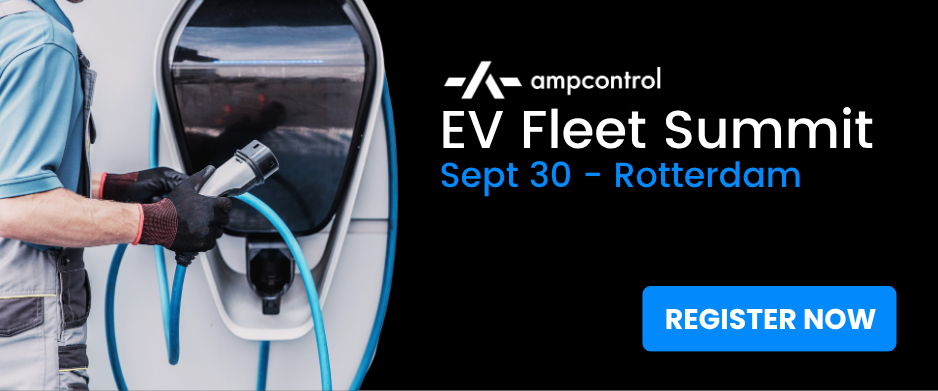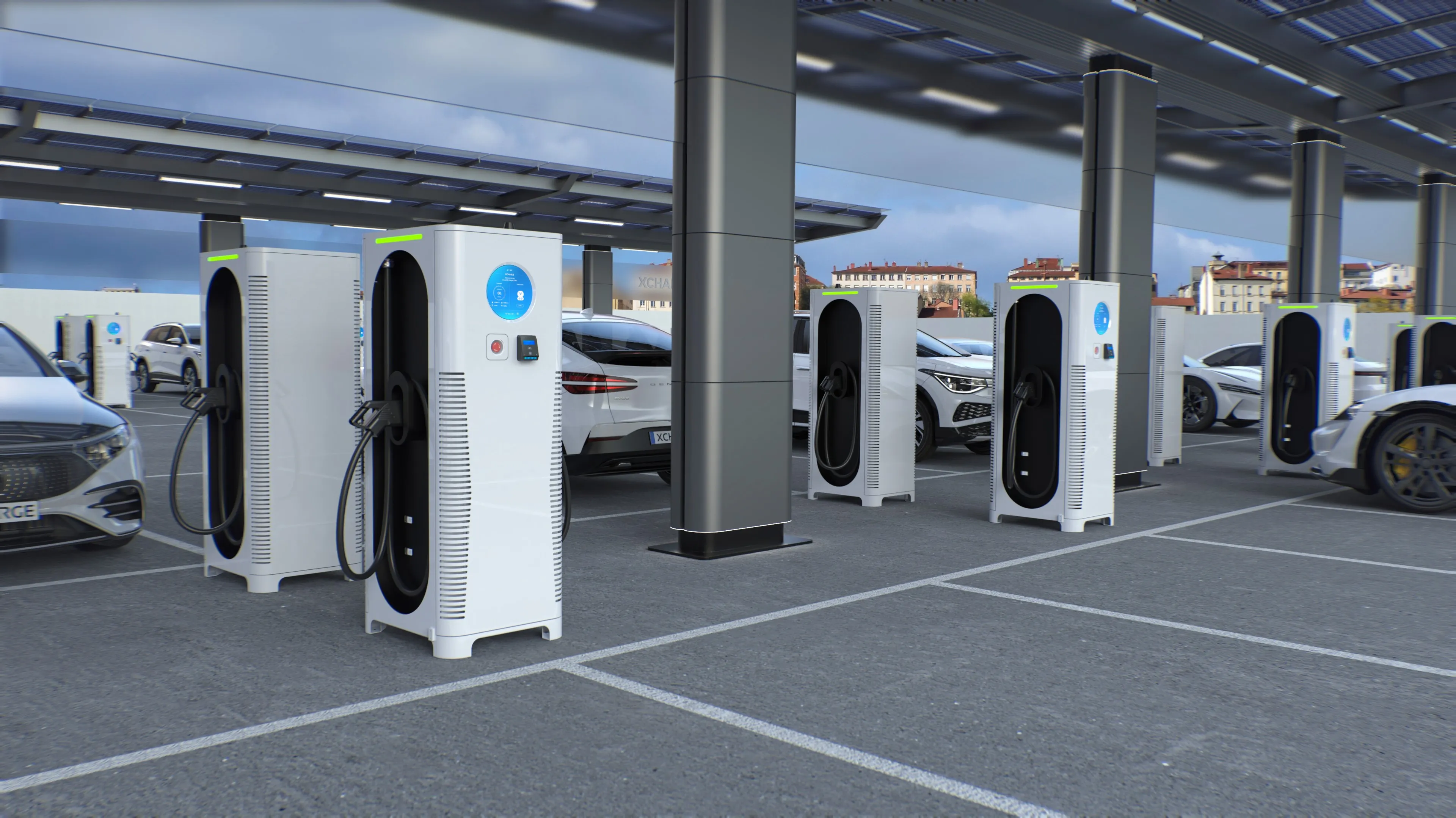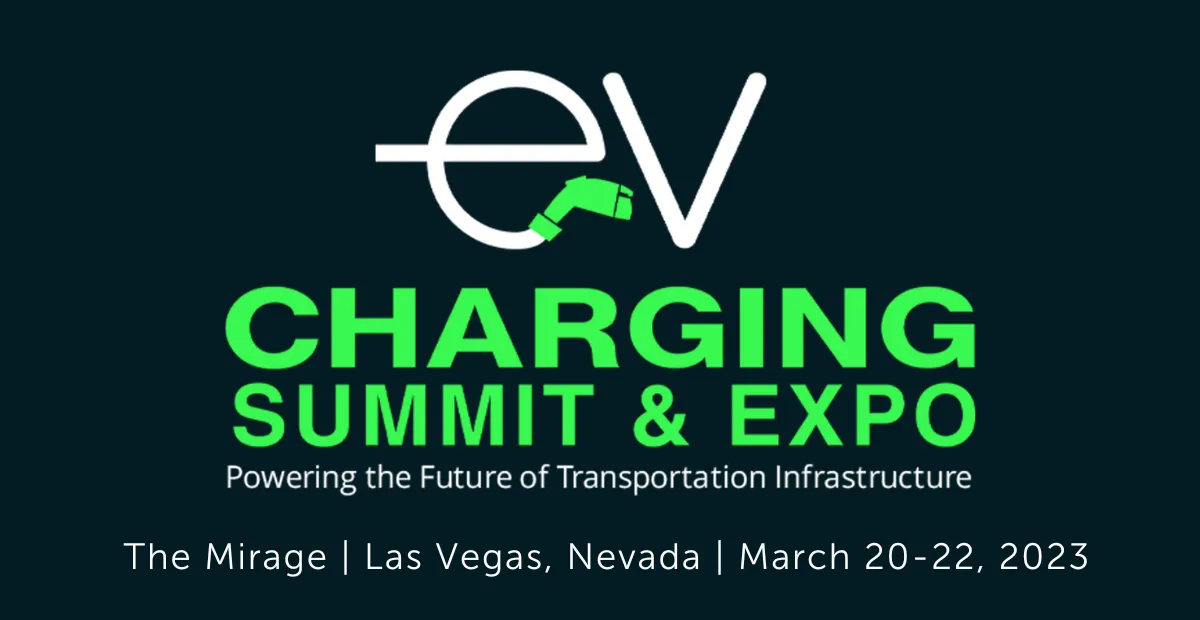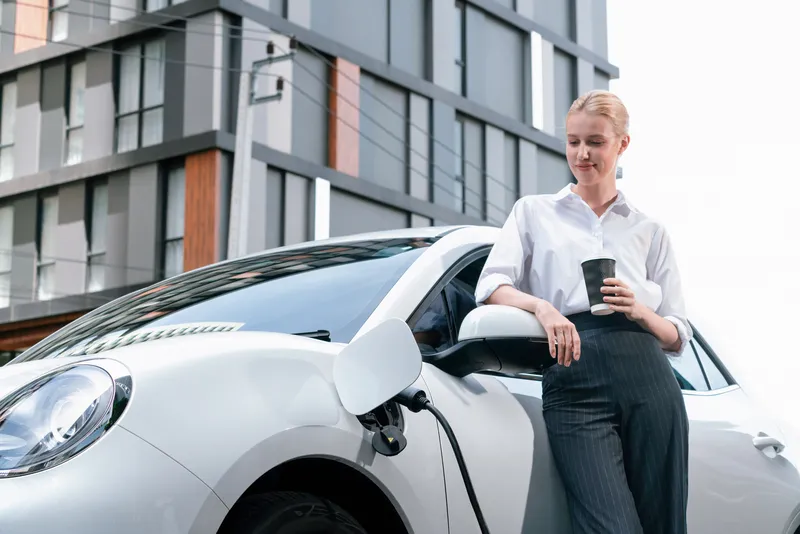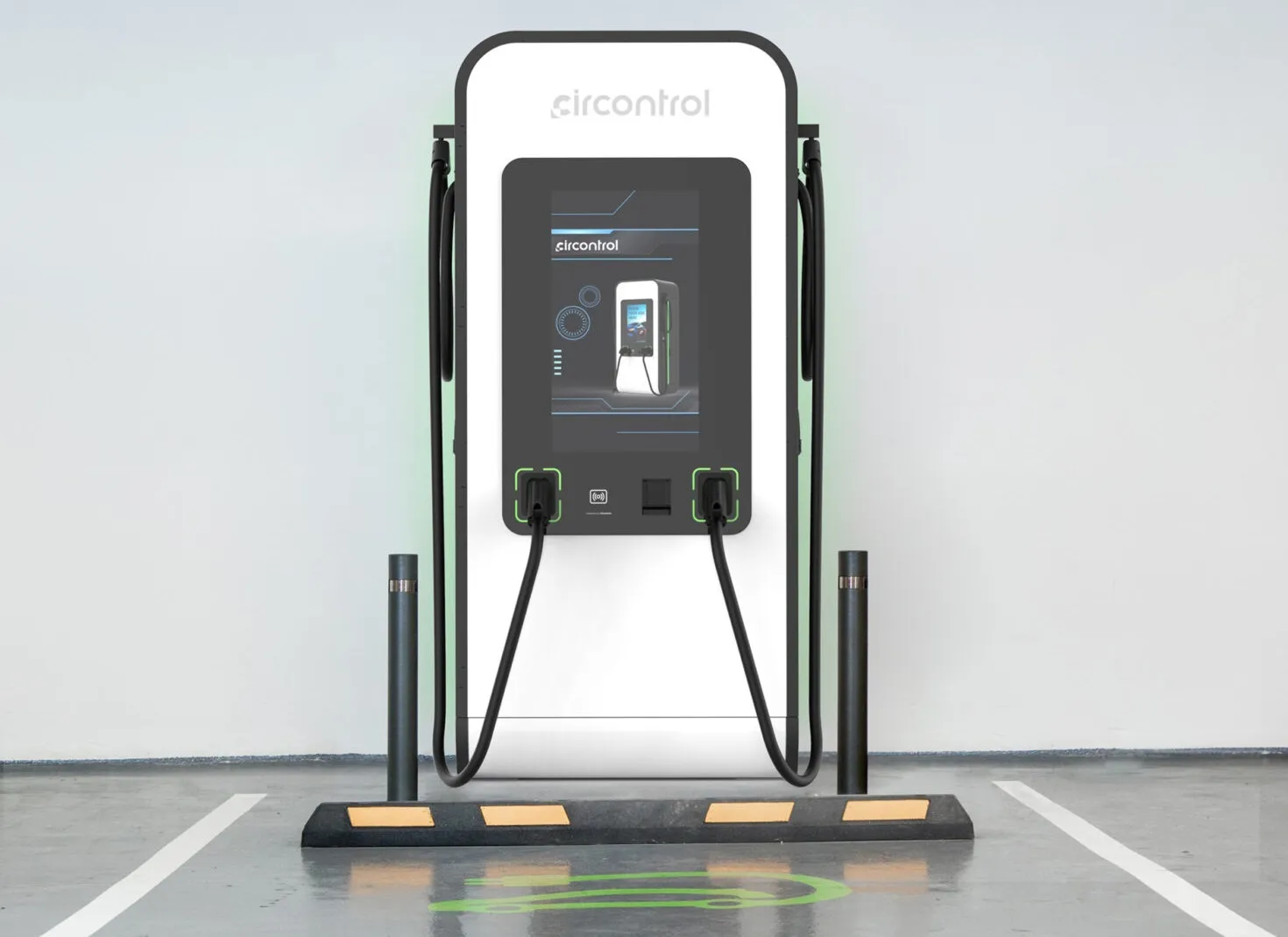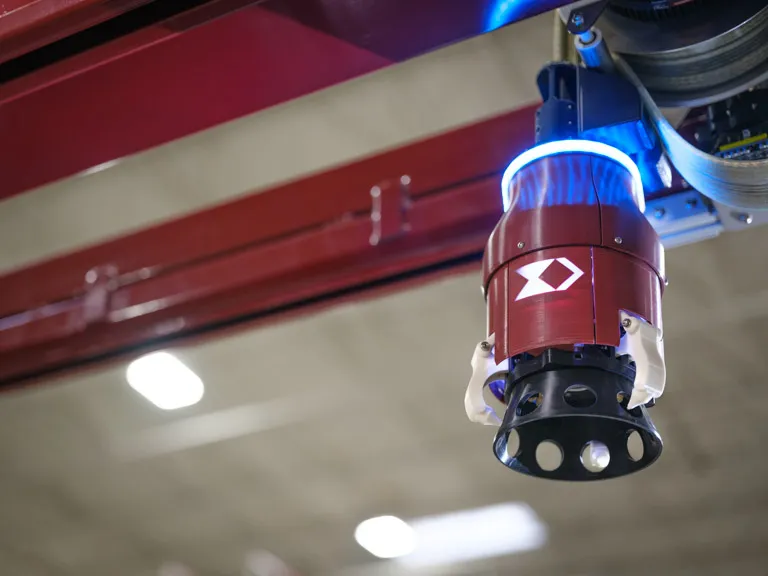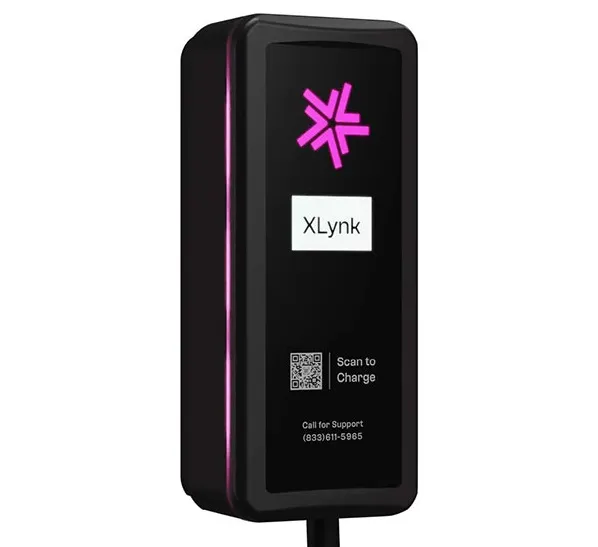
On September 30, the Ampcontrol EV Fleet Summit will convene in Rotterdam, Netherlands, bringing together Europe’s leading voices in fleet electrification, smart charging, energy infrastructure, and operations. Ahead of the event, EVC&I spoke with Ampcontrol CEO Joachim Lohse about the Summit’s goals and the pressing challenges facing fleet operators as they migrate to electric fleets.
Register to join the conversation in Rotterdam, and read the full interview below to gain insight into the real-world hurdles and solutions shaping the future of electric fleets.
EVC&I: What are the aims of the Summit, and what issues will it address?
Joachim Lohse: We’re excited to host the Summit in Rotterdam, a city surrounded by major logistics hubs, near the port, and Schiphol Airport. The main challenges in logistics and fleet are their dependency on uptime, goods throughput, and operational efficiency. Companies have done an excellent job in optimizing this with combustion vehicles, and now, electrification is reshaping everything.
The Summit aims to address key challenges like grid capacity, infrastructure uptime, and collaboration with different vendors. For example, if you are operating a distribution center and third-party electric trucks arrive at your site, they will need to charge. How does a distribution center handle third-party electric trucks needing to charge on-site? How do we ensure high infrastructure availability for logistics, delivery, and transit fleets? With the Summit, we are focusing on these key areas to help companies achieve operational excellence.
EVC&I: What EV fleet solutions does Ampcontrol provide, and who are they designed for?
Joachim Lohse: When we launched Ampcontrol seven years ago, we focused on three main challenges:
Firstly, grid constraints – how can fleet operators overcome limited grid capacity?
Second, operational uptime – how do you ensure vehicles are fully charged and ready each day?
And third, cost optimization – how can operators leverage dynamic pricing, solar generation, and other cost-saving measures?
At Ampcontrol, our software directly addresses these challenges. Whether deployed in the cloud or on on-site controllers, it connects all critical assets—charging stations, vehicles, solar panels, batteries, and metering systems—and intelligently optimizes energy flow and site operations.
Most of our customers are fleet and depot operators who manage these assets and rely on our platform to streamline their operations and reduce costs.
EVC&I: Do you also support standard EVs?
Joachim Lohse: Yes. For example, we work with rideshare, taxi, and employee fleets. For example, Revel, one of our oldest customers, operates seven large EV charging hubs in New York for its rideshare fleet. These hubs also support public charging, serving both their fleet and private EV owners, so people can charge their private vehicles.
EVC&I: What are the major issues currently facing fleet operators who want to move to electric vehicles?
Joachim Lohse: Fleet operators typically work on thin margins; as a result, they must be highly optimized to have a profitable business. They are generally strong at optimizing operations, routes, vehicle usage, and driver usage. However, the biggest challenge is how to maintain excellence while switching to electric, because it's fundamentally different. Your vehicles often need to be charged at your location (unlike combustion vehicles), and the charging process can take several hours. This shift of mindset is certainly the most challenging part.
The companies we work with—many of which began their electrification journeys years ago with pilot projects—are now rapidly expanding their infrastructure and vehicle fleets. As they scale, grid limitations often emerge as a major bottleneck. When adding more chargers is no longer feasible due to these constraints, operators must integrate on-site solar, battery storage, and advanced energy management systems. This, in turn, significantly increases the complexity of operational planning.
EVC&I: Is the grid and the energy availability improving, or is there an ongoing problem with available power if you expand your fleet?
Joachim Lohse: Yes, and awareness has grown significantly. Ten years ago, utilities often underestimated the impact of EVs on the grid. Today, grid operators are increasingly proactive, and solutions like dynamic signaling and flexible load programs are becoming more common.
Still, upgrades can take years. That’s why many large depots, such as bus yards, truck hubs, and port fleets are adopting on-site generation and storage. For example, batteries can charge during the day and discharge at night when vehicles return, effectively doubling charging capacity without waiting for grid upgrades.
EVC&I: How big an issue is the lack of charging infrastructure for fleet operators?
Joachim Lohse: It depends. If you look at bus operators and food and beverage trucks, they tend to drive shorter distances and don't exceed 300 or 400 kilometers per day. So, if you operate a food and beverage distribution center, many of your vehicles return to the depot, and you don't need charging infrastructure on the road. The infrastructure at your depot matters in this case.
It is very different for logistics. If you have a logistics center that needs to transport goods from Poland to the Netherlands, you will have to stop somewhere because you will run out of fuel very quickly. Here, charging infrastructure is dependent on public charging hubs.
In Central Europe—particularly in Germany, the Netherlands, and the Nordic countries—charging coverage is steadily improving. Increasingly, logistics companies are exploring the idea of sharing their hubs, reducing the need for costly new highway charging infrastructure. Instead of relying solely on expensive purpose-built highway chargers, these shared hubs can provide a more efficient and collaborative solution for fleet charging.
EVC&I: Are fleet operators accelerating the electrification of their vehicles?
Joachim Lohse: What we’re seeing now is a clear shift, driven by two key factors. First, the price of vehicle batteries is dropping significantly, directly impacting the cost of electric trucks. Second, competition in Europe is intensifying, particularly from Chinese manufacturers entering the market with lower-priced vehicles.
This combination will push legacy European manufacturers to leverage falling battery costs and lower their e-truck prices as well. We expect this shift to accelerate over the next 12 to 18 months - similar to how quickly pricing adjustments occurred in the passenger vehicle segment.
Ports are already leading the way by electrifying terminal tractors, and are generally open to sourcing vehicles from Chinese vendors. As prices continue to fall, this trend will expand rapidly to trucks and buses across the market.
EVC&I: How do you see fleet electrification evolving in the next few years?
Joachim Lohse: If you look back at the main challenges of previous years, many of the early hurdles—charging standards and equipment quality—have improved significantly. I remember our first test of charging infrastructure six years ago, when every charging station manufacturer had a different implementation of communication protocols. It was chaotic and difficult to even conduct basic tests. Today, that’s no longer a major issue. While uptime and quality still present challenges, overall, the situation has improved considerably.
Operators are also becoming more knowledgeable. They’re moving beyond the basics of EVs and beginning to see a clear path to scaling: buy 50 trucks, then 100, then more. Decision-makers will increasingly look at the numbers and say: My electric truck is now cheaper, and my team tells me infrastructure installation is no longer a major challenge—there are solutions for that. So let’s move forward.
Looking ahead, as fleet operators gain experience with more complex technologies and total cost of ownership continues to decline, switching to electric will increasingly become a purely financial decision. We are approaching that tipping point.
EVC&I: Which countries are the most advanced in fleet electrification?
At Ampcontrol, we’re working on projects across Europe, South Africa, Latin America, North America, and Japan, giving us a strong international perspective.
Central Europe generally enjoys both technological and political advantages, with companies and governments often collaborating to establish clear regulatory frameworks. While challenges remain, the region is overall highly advanced. The Nordic countries tend to move even faster, benefiting from their smaller size and very low electricity costs.
Countries like the Netherlands have significantly accelerated electrification - largely driven by emissions challenges, including NOx pollution—which has pushed policymakers to implement stricter mandates. Meanwhile, Germany and France are now catching up quickly, and southern European nations such as Italy and Spain are advancing with strong ongoing projects, not far behind.
In Latin America, Chile stands out with some of the world’s cheapest solar energy, making electrification particularly cost-effective. It also operates one of the largest electric bus fleets globally. In North America, large operators like First Student are beginning to scale up. While around 500 of its 45,000 buses are currently electric, the company aims to electrify 30,000 by 2035—a major step toward decarbonizing its fleet.
Register now for the Ampcontrol EV Fleet Summit in Rotterdam on September 30:
https://lu.ma/jxxb87de
We’ll be there too. We look forward to connecting in person!